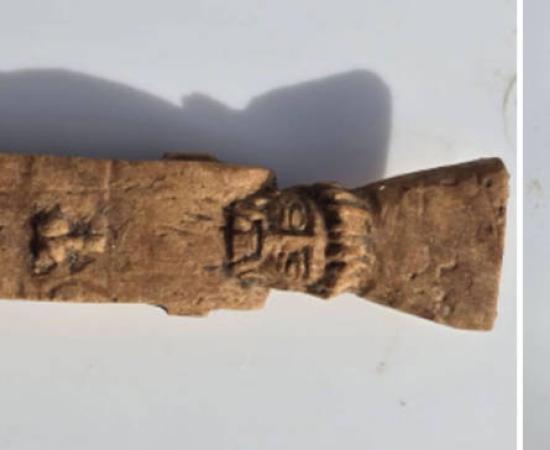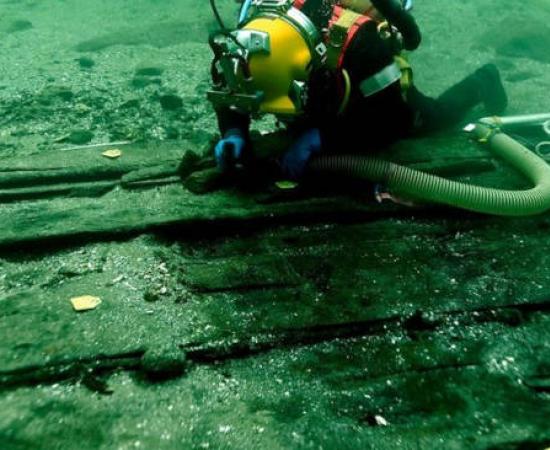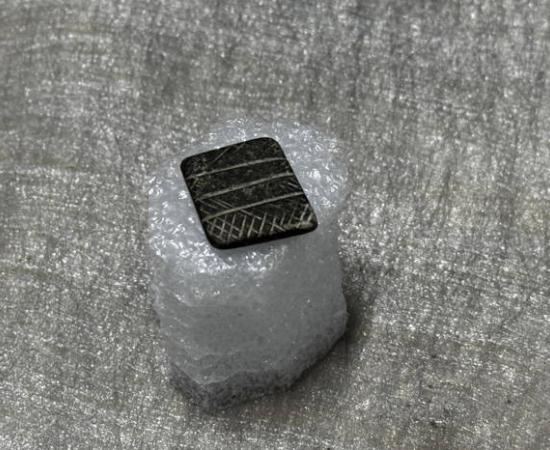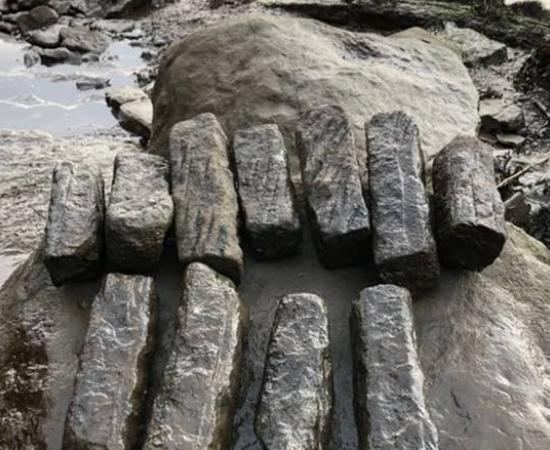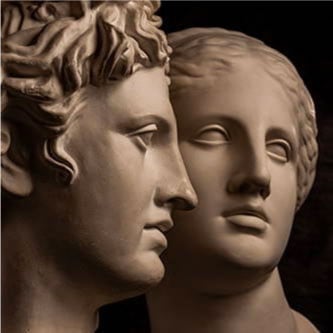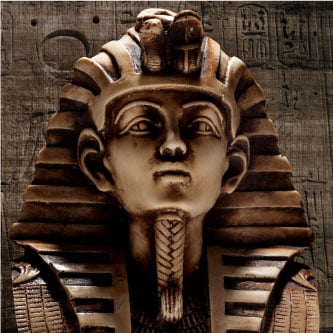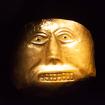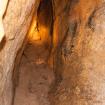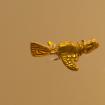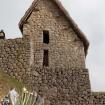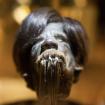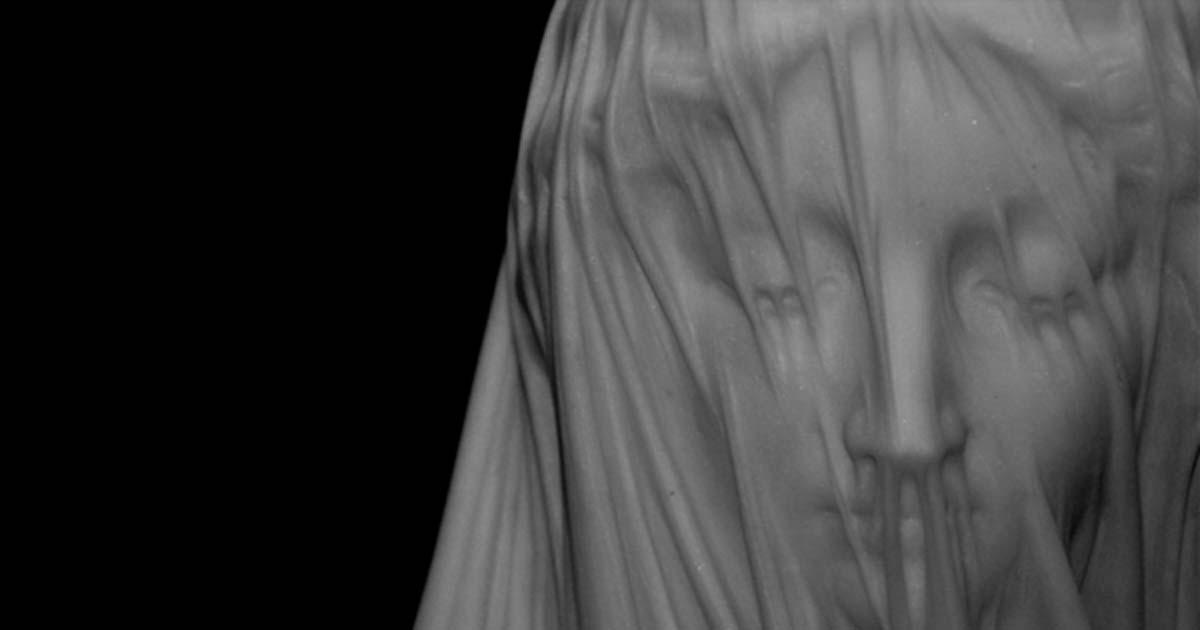
The Veiled Virgin is the name of a piece of marble sculpture created by Giovanni Strazza, an Italian sculptor. As its name indicates, this sculpture is a bust of the Blessed Virgin Mary wearing a veil. The Veiled Virgin is particularly notable for its fine craftsmanship, as Strazza manages to transform the hard marble into something that reflects the softness and fineness of a real veil.
Giovanni Strazza
Giovanni Strazza was an Italian sculptor who lived during the 19th century. He was born in Milan in 1818, and died there in 1875. Unlike the great artists of Renaissance Italy, for instance, little is recorded about his life and career. Nevertheless, we do know that he was a student at the Accademia di Belle Arte di Brera in Milan, that he worked in Rome between 1840 and 1858, and that he taught in his alma mater after that.
- Why are Noses Missing from so Many Egyptian Statues?
- A More Colorful Ancient Greece: Pigment Proves Classical Statues Were Once Painted
- The Celtic Goddess Epona that Rode Swiftly Across the Ancient Roman Empire

Giovanni Strazza's ‘The Veiled Virgin’ (CC BY-SA 3.0)
Strazza is perhaps best known for his Veiled Virgin. This sculpture was carved out of the famous Carrara marble, and is thought to have been completed in the early years of the 1850s, whilst Strazza was working in Rome. The statue was then transported to Canada, and was received by John Thomas Mullock, the Roman Catholic bishop of St. John’s, Newfoundland, in 1856. Strazza’s Veiled Virgin became known also as the St. John’s Veiled Virgin, and was kept in the Episcopal Palace adjacent to the Roman Catholic Cathedral in St. John’s. An entry in the bishop’s diary, dated the 4th of December 1856, reads as follows:
“Received safely from Rome, a beautiful statue of the Blessed Virgin Mary in marble, by Strazza. The face is veiled, and the figure and features are all seen. It is a perfect gem of art.”
The Virgin’s Home in Canada
The arrival of the masterpiece in Newfoundland was also reported by the local newspaper, The Newfoundlander, and part of the report, which praises the work of art enthusiastically, is as follows:
“To say that this representation surpasses in perfection of art, any piece of sculpture we have ever seen, conveys but weakly our impression of its exquisite beauty. The possibility of such a triumph of the chisel had not before entered into our conception. Ordinary language must ever fail to do justice to a subject like this – to the rare artistic skill, and to the emotions it produces in the beholder…”

Presentation Motherhouse (left), and NL Provincialate (right), St. John's, NL Canada (Credit: Presentation Sisters)
In 1862, the sculpture was presented to Mother Mary Magdalene O’Shaughnessy, the Superior of Presentation Convent. The Veiled Virgin has remained in the convent under the care of the Presentation sisters ever since. Whilst the sculpture is not displayed to the public, it may be viewed by appointment.
Other Veiled Sculptures
Strazza’s Veiled Virgin is not the only or indeed the first sculpture to have this ‘veiled effect’. Other veiled sculptures include the Veiled Christ, by Giuseppe Sammartino (1753), and the bust of a veiled lady by Pietro Rossi (1882).
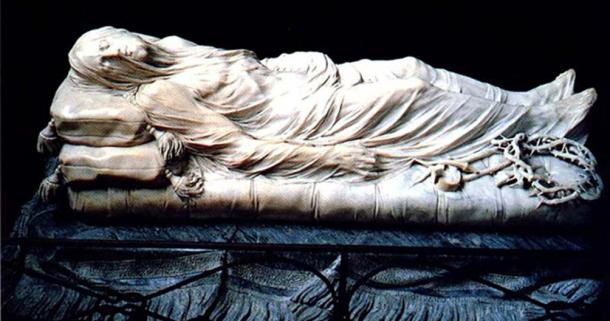
The Veiled Christ by Giuseppe Sanmartino (1753) (CC BY-SA 3.0)
This ‘veiled effect’ is achieved by a technique called ‘wet drapery’. In some cases, this technique was used to overcome the taboo of portraying nude women in sculptures. By using the ‘wet drapery’ technique, a sculptor could portray a nude woman without compromising her ‘modesty’. One example of the application of this technique is Chauncey Bradley’s Undine Rising from the Waters (1880).
- The Real Reason That Men in Classical Portrayals Were Given Small Manhoods
- Terracotta Army may have been inspired by Ancient Greek Sculpture
- The masterful works of ancient sculptor Phidias

Undine Rising from the Waters, ca. 1880–1882, by Chauncey Bradley (Public Domain)
It may also be mentioned that Strazza’s subject matter, i.e. a veiled woman, was not entirely unusual either, when one considers the era he was working in. Strazza lived during a period in Italian history known as the Risorgimento, or Italian Unification. The nationalistic sentiments that accompanied the Risorgimento were also reflected in the works of art that were being produced at that time. For sculptors, the veiled women they carved represented Italy herself, just as Britannia and Marianne served as the symbols of Great Britain and the French Republic. Other examples of sculptures portraying veiled women include the one by Pietro Rossi, and The Sleep of Sorrow and the Dream of Joy, by Raffaele Monti (1861).
Top image: The Veiled Virgin. Photo Credit: Philip Chircop
By Wu Mingren
References
Archival Moments, 2017. The Veiled Virgin: “This statue is a perfect gem of art”. [Online]
Available at: http://archivalmoments.ca/2016/12/veiled-virgin/
Benezit Dictionary of Artists, 2011. Strazza, Giovanni. [Online]
Available at: http://oxfordindex.oup.com/view/10.1093/benz/9780199773787.article.B00176895
BytesMaster, 2014. Marble and Veils. [Online]
Available at: http://bytesdaily.blogspot.gr/2014/03/marble-and-veils.html
Newfoundland and Labrador Heritage Web Site, 2017. The Veiled Virgin. [Online]
Available at: http://www.heritage.nf.ca/articles/society/veiled-virgin.php
rebrn.com, 2013. Marble Sculpture- The Veiled Virgin- Giovanni Strazza. [Online]
Available at: http://rebrn.com/re/marble-sculpture-the-veiled-virgin-giovanni-strazza-1065833/



